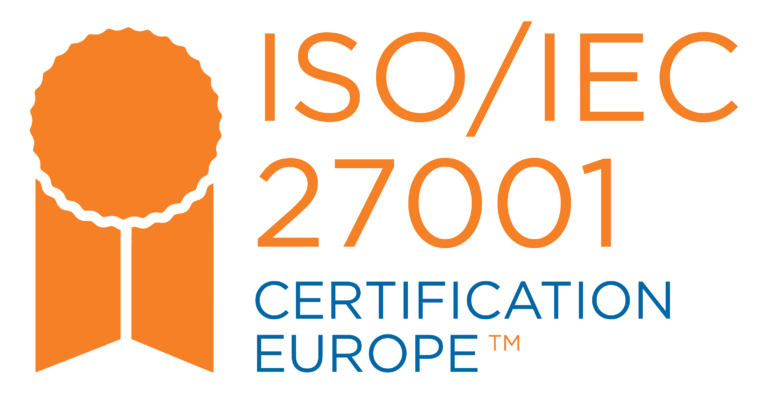A micro trigger campaign should be considered a new kind of marketing campaign. For comparison, let’s consider the following kinds of marketing campaigns listed in order of their complexity and sophistication.
- Batch and Blast
- Customer Journey
- Personalized content
- Micro Triggers
Batch and Blast
You have a new product announcement that’s launching on Friday at 10am and you want your entire customer base to know about it. You’re hoping your customer clicks on the content.
Customer Journey
You want every single one of your new customers to have the same experience on-boarding to your products and services. You set up a series of digital messages to be sent over a 45-day period post the customers’ first purchase. If they click on some of the content and not others you might vary the next message. The goal is consistent communication and education for all new customers.
Personalized Content
You want each customer to receive a personalized experience of product and service recommendations based on their interests and data profile. These personalized experiences can be woven into virtually all types of campaigns. The goal is to rise above the noise and speak to a customer on a 1:1 basis.
Micro Triggers
You have a strategic objective that has a measurable outcome. You want to drive more dinner and weekend business from your already bustling lunch business. You’ll know your successful if you can prove incrementally (test vs. control) customers would not have ordered dinner had you not given them the stimulus. The stimulus is sent out in a moment that mattered to an individual customer. Meaning, this micro trigger campaign reacts to customer signals on an individual customer basis in real-time.
It’s important to acknowledge micro trigger campaigns don’t necessarily replace other kinds of campaigns. In our experience, the utilization and scale of micro trigger campaigns can largely depend on the frequency of digital signal interaction between the customers and the organization.
So, how do we find the triggers? There’s two ways… but both of these approaches require a methodology for describing the prerequisite strategic objective and its accompanied measurable outcome. With a strategic objective in hand we can
- Subjectively select a digital signal
- Ask the machine AI to tell us the digital signals that correlate to our desired outcome
We must never underestimate the value of the human marketers’ domain expertise as it relates to subjectively selecting the trigger. While this is an obvious place to start, we must analyze and evaluate any human selected trigger’s merit to be associated to and drive the measurable outcome.
When we ask the machine AI to select the trigger, the risk of missing the mark on the measurable outcome is greatly diminished because the machine AI requires the prerequisite binary definition of the measurable outcome before it can begin discovering the triggers. Typically, when the machine AI finds the trigger, it will return multiple triggers and thus we regularly find ourselves in situations where a single strategic objective having multiple if not several underlying micro trigger campaigns associated to it. Again, its important to treat these campaigns as a new kind of campaign because of these characteristics. These campaigns are real-time and will only be sent to those customers generating the triggers (i.e. digital signals) that matter. This kind of campaign is a “game of inches”, but can easily result in millions of dollars of incremental revenue when done correctly.
